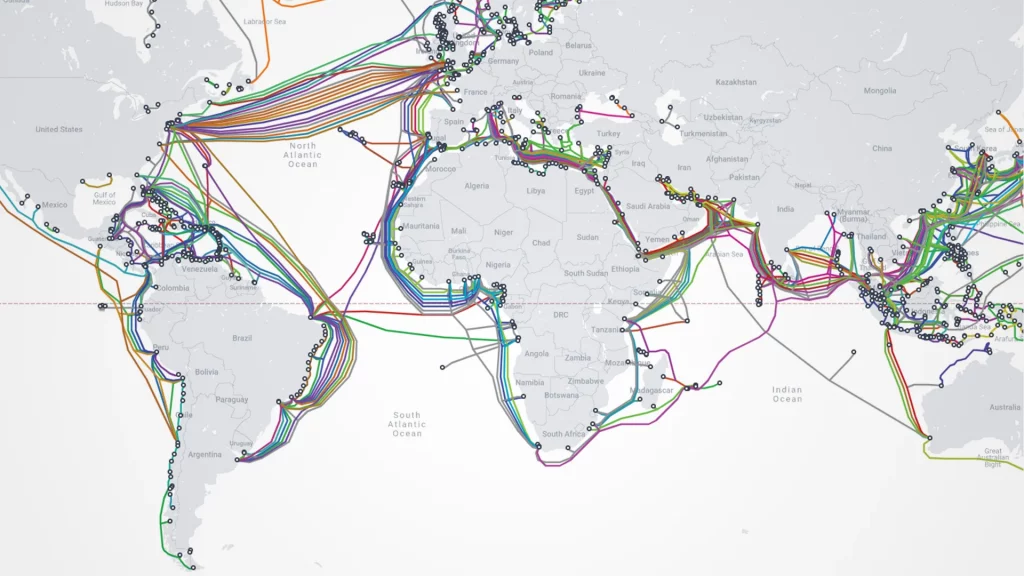Decipheringthe Recent Internet OutageinAfrica: ACloser Look at the Undersea Cable Saga
Contrary to earlier reports from a Senegal-based news source, which attributed the outages to a mishap in Abidjan, the focus has now shifted to understanding the broader implications of these outages. The West Africa Cable System (WACS), Africa Coast to Europe (ACE), MainOne, and SAT-3 cables all experienced simultaneous disruptions, leading to widespread internet service interruptions across the continent.

The impact was notably severe in South Africa, with Microsoft’s cloud region going offline and Vodacom’s data network facing extensive downtime. While Vodacom managed to restore services relatively quickly, Microsoft’s recovery took considerably longer, causing substantial disruption to various online services, including email and Teams meetings.
Further complicating the situation, Microsoft identified additional cable cuts in the Red Sea, affecting the Seacom, EIG, and AAE-1 cables, which contributed to reduced network capacity along Africa’s east coast. These disruptions were attributed to an incident involving the Belizian fertilizer ship The Rubymar, which was attacked off the coast of Yemen, leading to accidental cable damage.

In response to these compounded challenges, Microsoft and other network providers have been working diligently to reroute traffic and expand capacity. MTN Group’s Bayobab has been actively coordinating repair efforts for the damaged cables, working in concert with the WACS and ACE consortiums.
Innovative solutions are being pursued to enhance network resilience, including increased interconnections with Google’s Equiano cable and creating an end-to-end connection between the west and east coasts of Africa. WIOCC has been pivotal in activating additional capacity across unaffected cables to mitigate the service disruptions.
As the network community rallies to address these unprecedented challenges, the incident serves as a stark reminder of the vulnerabilities inherent in our global internet infrastructure. The concerted effort to restore connectivity underscores the importance of collaboration and innovation in facing the complexities of maintaining and securing our digital lifelines.
This ongoing saga of undersea cable outages and repairs provides valuable insights into the fragility of our interconnected world and the critical need for robust, resilient network infrastructures to support the ever-growing demands of our digital society.
More updates in mybroadband




